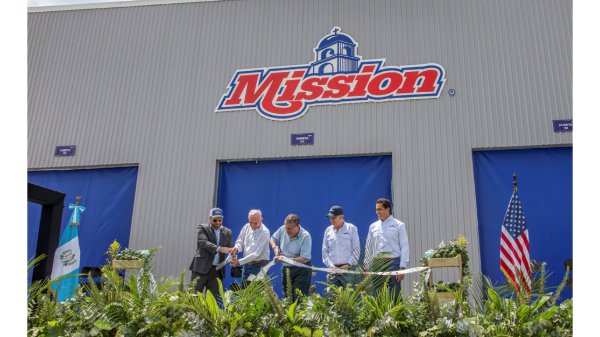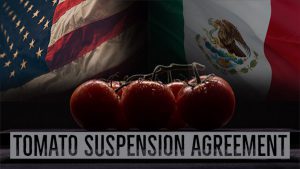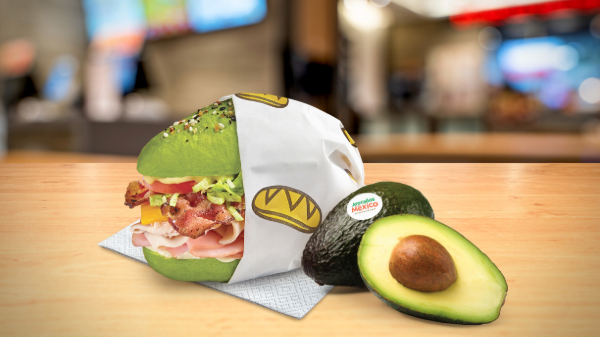Welcome to Blue Book!
Are you ready to join the thousands of companies who rely on Blue Book to drive smarter decisions? View our plans and get started today!
Still have questions? We’d love to show you what Blue Book can do for you. Drop us a line– we’ve been waiting for you.
One way to circumvent some of Mother Nature’s whims is the use of protected agriculture, including greenhouses and high tunnels. Such structures have proven immensely successful all over the world and right next door to the north, in Canada.
Greenhouses are now on the rise in the Heartland, as local producers experiment with growing methods and new players enter the region.
Receivers, like retailers and restaurants, are building relationships with greenhouse growers to handle more locally grown product. In Iowa, Capital City Fruit has partnered with a local greenhouse to grow strawberries.
In Milwaukee, the Maglio Companies is sourcing more product from greenhouses as well. As a receiver, distributor, and importer with another location in the Midwest (Minnesota) as well as one in Texas, the uptick in protected agriculture is good news for maintaining supply.
“The greenhouse side [of the business] is gaining traction in the Midwest,” says Sam Maglio, Jr., president of the Maglio Companies, headquartered in Milwaukee, WI. “There are several ‘traditional’ operations with fixed glass structures producing tomatoes and peppers, then there are a variety of protected agriculture hoop-house operations with a wider variety of crops (and a shorter season).
“Our local greenhouse (and open field) production is not to the scale of many of these ‘shipping point’ growers,” Maglio says, “so we do not see the wild swings in price and availability.”
Interest and investment are occurring at several levels. “The local markets are carefully studied before the investment is made to provide infrastructure to grow indoors,” says Maglio.
“There are some new technologies in indoor vertical hydroponic growing which may offer some hyper-local opportunities connected to supermarkets or distribution centers.”
He is also impressed by the seeming ease of the transformation process.
“Take an old warehouse, add some growing modules with LED lighting, a tank of nutrient-laden water and a pump, and you have a farm,” he says.
Ohio, especially, is enjoying an influx of greenhouse vegetable production. Mucci Farms, of Kingsville, Ontario, began production this year at a 60-acre facility in Huron. The company also opened a 272,000-square-foot distribution center nearby, with plans for future growth. Other Canadian greenhouse growers, most from the country’s Leamington stronghold, are expected to build structures in Ohio in the coming years.
Elsewhere in the Buckeye State, BrightFarms finished construction of its facility in June, in Wilmington near Cincinnati. The New York company also has a greenhouse in Rochelle, Illinois, 80 miles west of Chicago, that sells lettuce to area retailers and local restaurants. MightyVine, which specializes in tomatoes, also has greenhouses in Illinois and is adding to its acreage. New York-based Gotham Greens also has Illinois greenhouses in Chicago.
Greenhouses are growing farther north, too.
“Bushel Boy is in the Twin Cities area; they’re year-round and well established, doing a phenomenal job with tomato offerings,” praises John Carkoski, COO of J&J Distributing Company, in St. Paul, MN. He also mentions two others in the area, Urban Organics and Rebel Greens, both of which have salad offerings.
—–
This is an excerpt from the most recent Produce Blueprints quarterly journal. Click here to read the full article.








